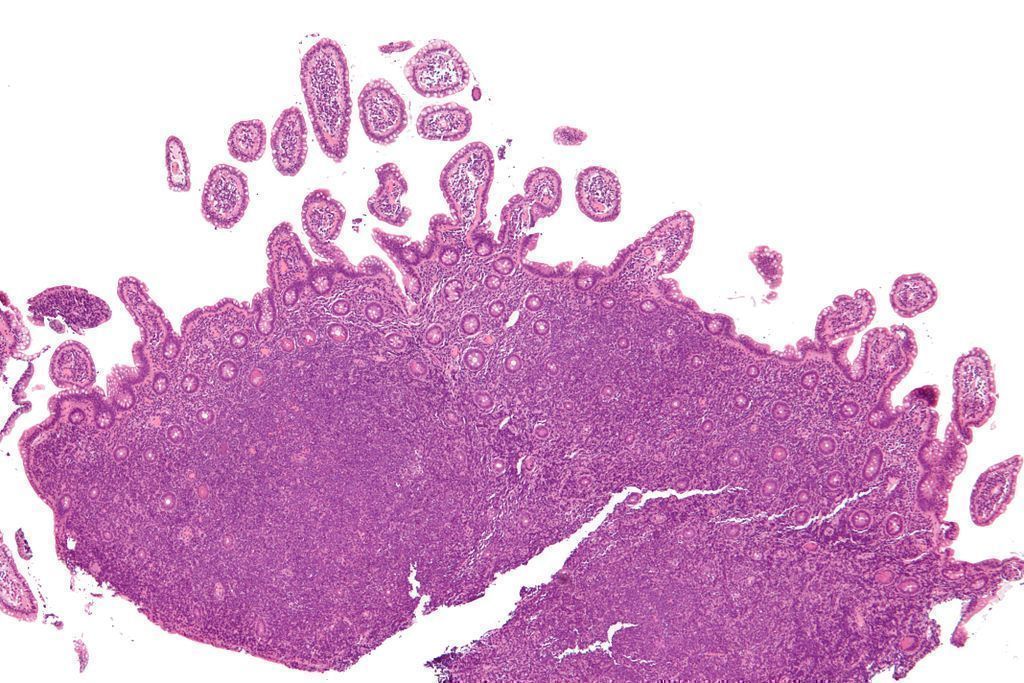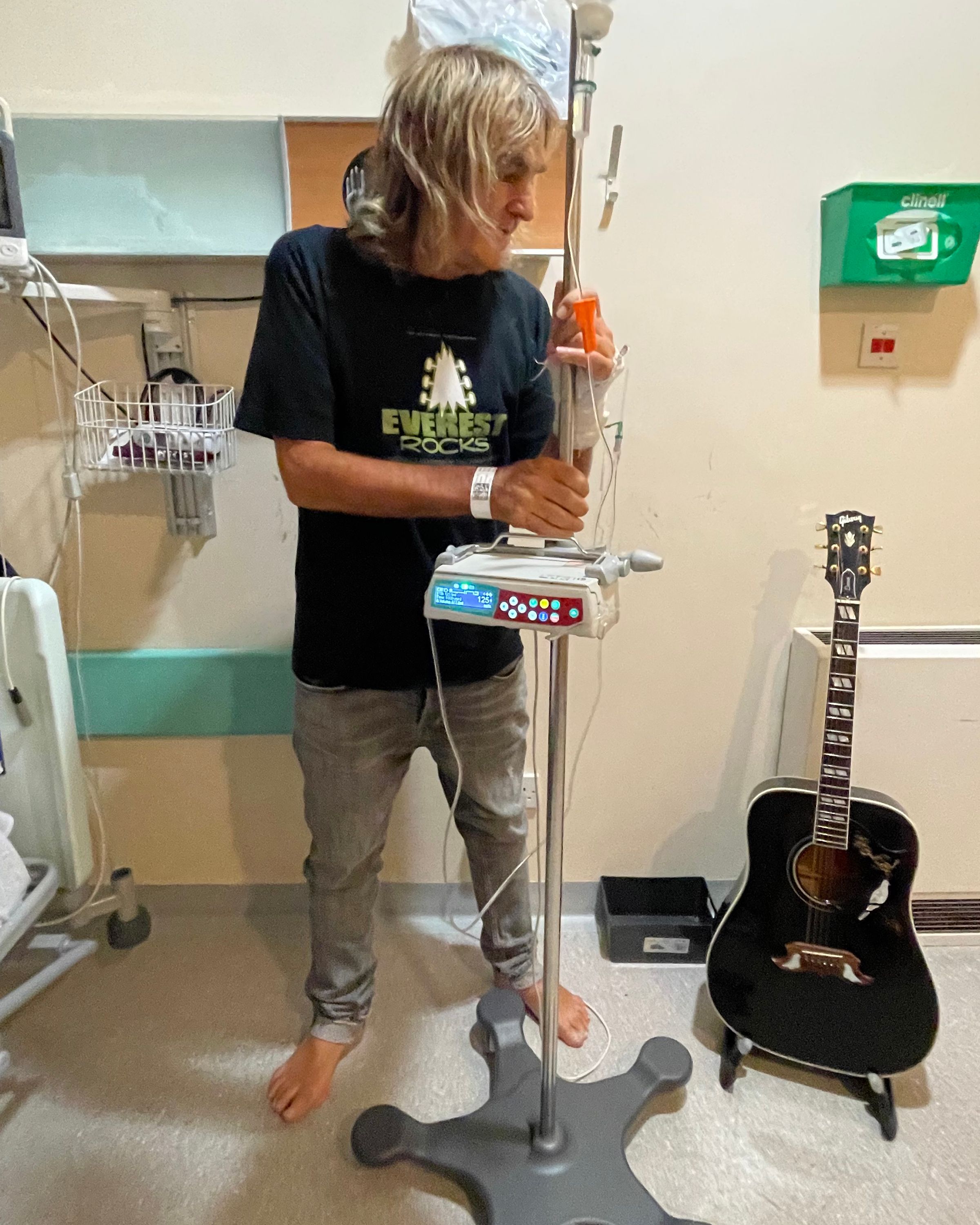News
Article
Imbruvica Suitable as Maintenance Therapy for Rare Non-Hodgkin Lymphoma
Author(s):
Patients with primary central nervous system lymphoma aged 70 and older may be eligible for Imbruvica as maintenance treatment.

Using Imbruvica (ibrutinib) as maintenance treatment may provide a survival benefit in patients aged 70 and older with primary central nervous system lymphoma, a rare type of non-Hodgkin lymphoma, according to findings from a recent study.
In patients aged 70 and older with primary central nervous system lymphoma, using Imbruvica has been shown to be beneficial, particularly for patients who have complete or partial responses to methotrexate-based therapy as initial treatment.
According to the Leukemia & Lymphoma Society, primary central nervous system lymphoma is a rare non-Hodgkin lymphoma in which cancer cells from lymph tissue and lymphocytes (such as white blood cells) form in the brain and/or spinal cord.
The introduction of the study from the journal Cancer established that these patients typically have low tolerance for aggressive treatments and tend to have poor prognosis. It also noted that progression-free survival (PFS; time between receiving a diagnosis and disease progression or death from any cause) for elderly patients tend to be around six to 16 months, and the overall survival (OS; date from receiving a diagnosis until date of death) is less than two years.
Imbruvica is a small molecule drug that inhibits Bruton tyrosine kinase (a protein that is essential for amplifying B-cell signaling) and plays a key role in the B-cell receptor signaling pathway, the Cancer study stated. It also determined that Imbruvica regulates the tumor microenvironment and inhibits the pathways that cause tumor cells to activate.
The respective study from Cancer identified how the sufficient use of Imbruvica led to better outcomes for 20 patients with primary central nervous system lymphoma who were between the ages of 61 and 80 years old. All of the patients in the study previously received induction chemotherapy combined with high dose methotrexate as treatment.
For consolidation treatment, 12 participants received high dose-cytarabine and two received high-dose chemotherapy followed by autologous stem cell transplantation, the study authors reported. Imbruvica was used as maintenance treatment following consolidation treatment.
“Despite the high chemosensitivity and radiosensitivity of primary central nervous system lymphoma and the high initial overall response rate (percentage of the treatment group who have a partial or complete response to treatment within a given period; approximately 70 to 80%), remissions are frequently short-lasting even among patients who achieve a (complete response) with induction therapy and even in the elderly who receive the best consolidation treatment they can tolerate,” the authors wrote.
Of note, the study authors found that the median time between the last dose of chemotherapy and the beginning of Imbruvica maintenance was 2.8 months. The median time using Imbruvica as treatment was 12.5 months.
One- and two-year PFS was 90% and 72.6%, respectively in patients treated with Imbruvica maintenance treatment. In addition, the two-year OS was 89%/
“(These data) suggest that (Imbruvica) maintenance may be an effective approach to induce a sustained response in elderly (primary central nervous system lymphoma) patients who have poor tolerance to the prevailing consolidation approaches of (high-dose chemotherapy followed by autologous stem cell transplantation) or (whole brain radiation therapy),” the study authors wrote.
Regarding side effects from the study, the authors noted that seven patients (35%) in the study stopped the treatment, in which the median time for stopping Imbruvica treatment because of side effects was 13.2 months.
The authors also referenced a prior study from the journal, Haematologica, that focused on the toxicities and outcomes of using Imbruvica for patients with chronic lymphocytic leukemia (CLL). Findings from the prior study concluded that in a cohort of 616 patients with CLL, approximately 41% of patients stopped Imbruvica treatment due to side effects.
The authors from the Cancer study drew similarities among the 35% of patients who stopped treatment within their study and the 41% of patients who stopped in the Haematologica study. With this consideration, the Cancer authors concluded that “(side effects) are generally manageable with dose modifications, but whether lower doses may serve as an effective maintenance is unknown.”
For more news on cancer updates, research and education, don’t forget to subscribe to CURE®’s newsletters here.




